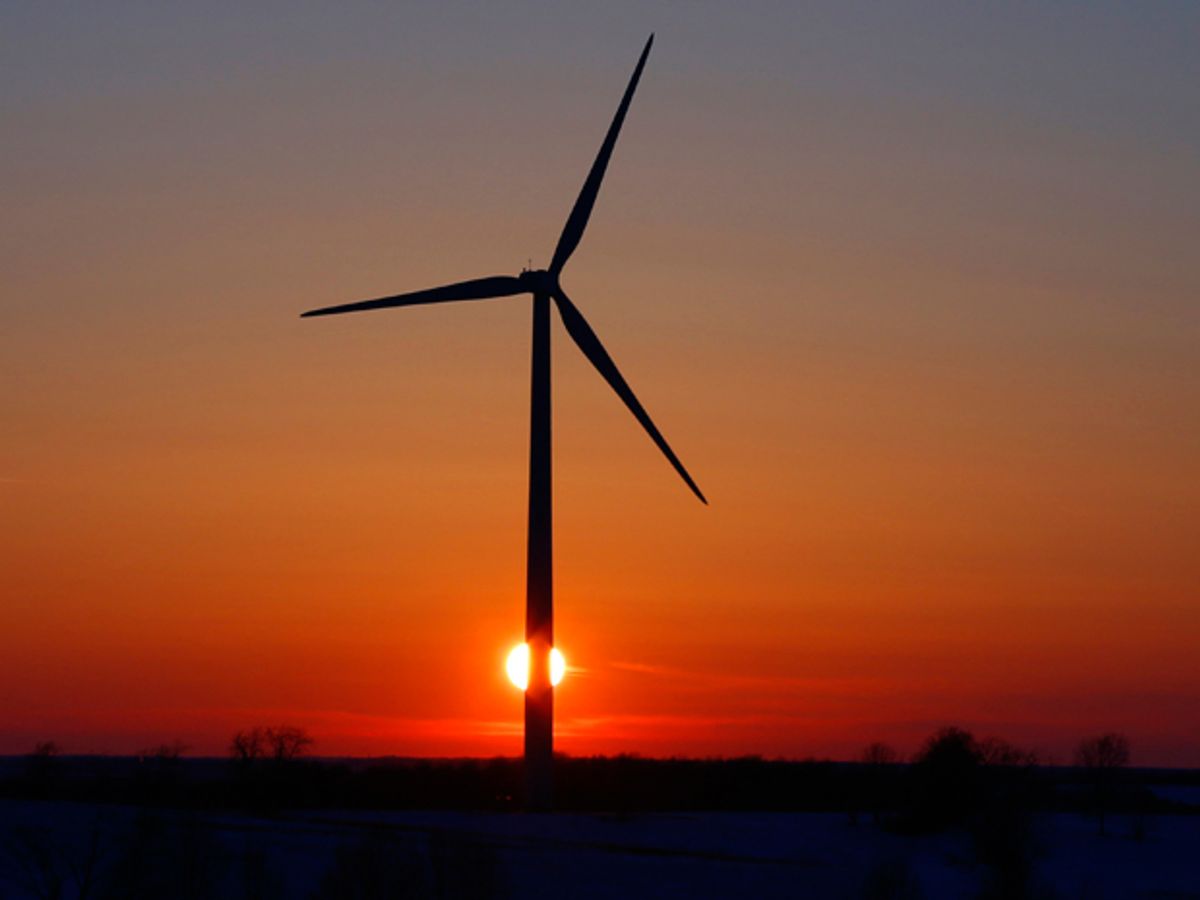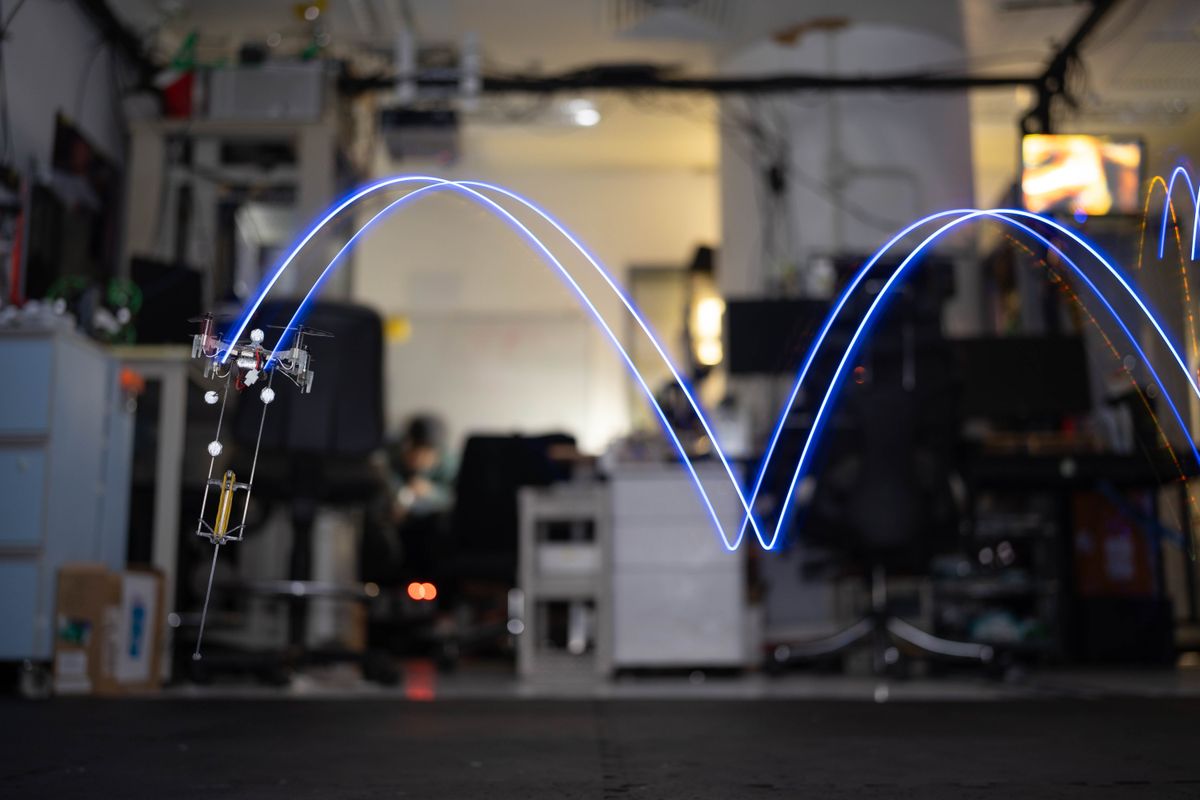A Department of Energy report on wind energy technologies and market status highlights dramatic cost reductions amidst a tenuous and uncertain future for the renewable energy source. Installations of wind power in the United States in 2013 didn't come close to matching the previous few years, and federal policy uncertainty points to a shaky outlook for continued growth.
The industry added 1087 megawatts of new wind capacity in 2013 in the United States, which is amazingly only eight percent of that added in 2012. By the end of 2013 the total installed capacity had reached about 61 gigawatts. It was a down by another measure as well: wind power made up seven percent of all new electricity generating additions, compared with a six-year run before 2013 where that number ranged between 25 and 43 percent.
As 2013 came to a close, wind energy proponents mourned the death of the production tax credit, the primary federal support mechanism to help spur growth in the industry. The details of that death, however, suggest that the next few years will actually see amazing amounts of wind energy installed: the credit was available for any project that began construction by the end of 2013, meaning that everyone tried to jump into that pool instead of waiting until this year when it had dried up. The Energy Department's report highlights this, noting that an astonishing 114 gigawatts of wind is now officially in interconnection queues; not all of that will get built, but it does mean a big pile of turbines is on its way over the next two to three years.
Those projects are getting moving at the same that the industry is seeing wind power prices dropping to "all-time lows" according to the Energy Department. Power purchase agreements for wind energy peaked at almost US $70 per megawatt-hour in 2009, but those signed in 2013 averaged about $25/MWh. The report acknowledges that the price data is based on a limited sample size of projects that are largely in lower-cost areas of the country, but even when compared to other generation sources wind power is proving to be cost competitive.
That being said, policy-based market drivers are probably still necessary to spur continued growth. With the federal tax credit now gone, it is state-based renewable energy portfolio requirements that will be the primary driver according to the report:
From 1999 through 2013, 69% of the wind power capacity built in the United States was located in states with RPS policies... In 2013, this proportion was 93%.
But unless those requirements are ramped up in big ways, or new states add them (we've been sitting on 29 plus Washington D.C. for some time now), they may prove insufficient to really drive much new capacity at all.
All in all, the picture is a muddled combination of rosy and bleak. The report concludes:
Despite the lower price of wind energy and the potential for further technological improvements and cost reductions, federal policy uncertainty—in concert with continued low natural gas prices, modest electricity demand growth, and the aforementioned slack in existing state policies—may put a damper on growth.
Dave Levitan is the science writer for FactCheck.org, where he investigates the false and misleading claims about science that U.S. politicians occasionally make.



